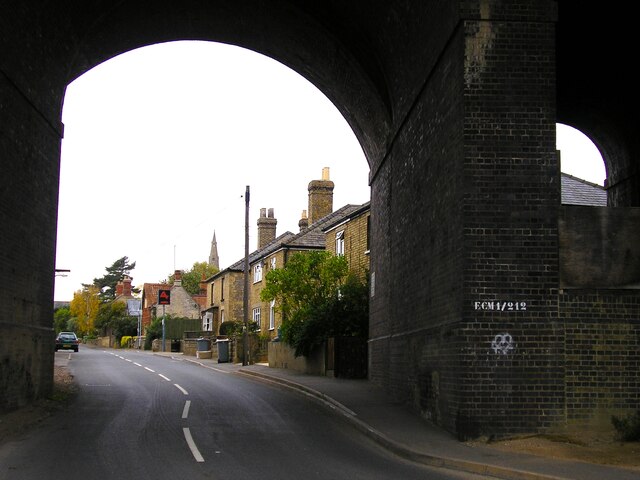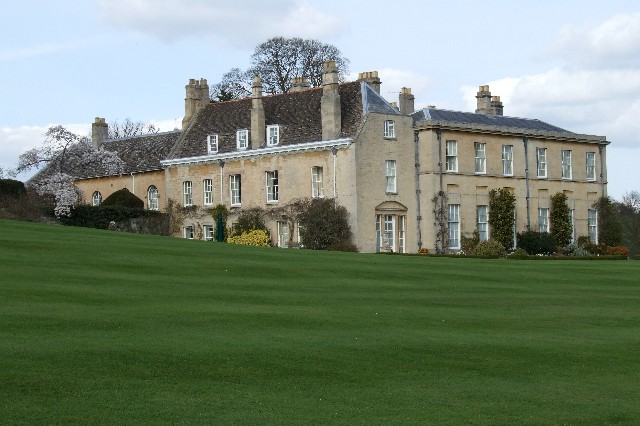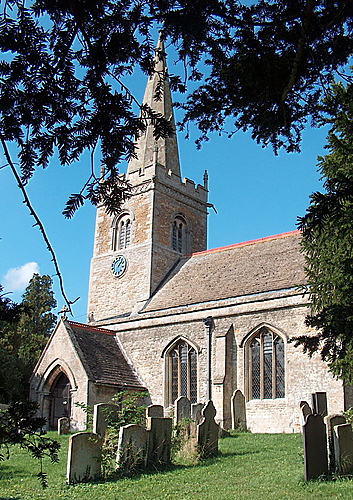Dartmouth Point
Coastal Feature, Headland, Point in Lincolnshire South Kesteven
England
Dartmouth Point

Dartmouth Point is a prominent coastal feature located in Lincolnshire, England. Situated on the eastern coast, it is a headland that juts out into the North Sea. The point offers stunning panoramic views of the surrounding area and is known for its rugged and picturesque landscape.
The headland is formed by the consistent erosion of the coastline over time, resulting in a distinctive triangular shape. Dartmouth Point is characterized by its steep cliffs, which are composed of various sedimentary rocks and provide a natural barrier against the powerful waves of the North Sea.
The area surrounding Dartmouth Point is rich in biodiversity. The cliffs and rocky shores provide a suitable habitat for a wide range of marine and bird species. Visitors to the point can often spot seabirds like gulls, cormorants, and puffins nesting in the cliffs, while seals can sometimes be seen lounging on the nearby rocks.
Dartmouth Point is also a popular destination for outdoor enthusiasts. The headland offers excellent opportunities for hiking and walking, with well-maintained trails that wind along the coastline. The dramatic cliffs and crashing waves provide a spectacular backdrop for photographers and nature enthusiasts alike.
Additionally, Dartmouth Point is a site of historical significance. It has witnessed various naval activities throughout history, and remnants of old fortifications can still be seen in the area. The point's strategic location has made it an important landmark for navigation and maritime trade.
Overall, Dartmouth Point is a fascinating coastal feature that combines natural beauty, wildlife, and historical significance. Its rugged cliffs and captivating views make it a must-visit destination for those exploring the Lincolnshire coastline.
If you have any feedback on the listing, please let us know in the comments section below.
Dartmouth Point Images
Images are sourced within 2km of 52.736889/-0.51123465 or Grid Reference TF0016. Thanks to Geograph Open Source API. All images are credited.







Dartmouth Point is located at Grid Ref: TF0016 (Lat: 52.736889, Lng: -0.51123465)
Administrative County: Lincolnshire
District: South Kesteven
Police Authority: Lincolnshire
What 3 Words
///puncture.bluff.forensic. Near Pickworth, Rutland
Nearby Locations
Related Wikis
Holywell, Lincolnshire
Holywell is a tiny settlement in the civil parish of Careby Aunby and Holywell, in the South Kesteven district of Lincolnshire, England. It lies 5.5 miles...
Holywell Hall, Lincolnshire
Holywell Hall is a building of historical significance in Lincolnshire and is listed on the English Heritage Register. The house is in the civil parish...
Careby Aunby and Holywell
Careby Aunby and Holywell is a civil parish in the district of South Kesteven, south-west Lincolnshire, in England. It stretches from the county border...
Little Bytham railway station
Little Bytham railway station was a station in Little Bytham, Lincolnshire on the Great Northern Railway main line. It closed in 1959. The Midland and...
Careby
Careby is the principal village in the a civil parish of Careby Aunby and Holywell [in which the population is included] in the South Kesteven district...
Little Bytham
Little Bytham is a village and civil parish in the South Kesteven district of Lincolnshire, England. The population of the civil parish at the 2011 census...
St Medardus and St Gildardus Church, Little Bytham
The church of St Medardus and St Gildardus in Little Bytham, Lincolnshire, England, is a Grade I listed building. It is dedicated to two 6th-century French...
Lincolnshire Gate
Lincolnshire Gate is the name given to a corner in the road between Holywell, Lincolnshire and Pickworth, Rutland to the south-west of Castle Bytham, in...
Nearby Amenities
Located within 500m of 52.736889,-0.51123465Have you been to Dartmouth Point?
Leave your review of Dartmouth Point below (or comments, questions and feedback).















